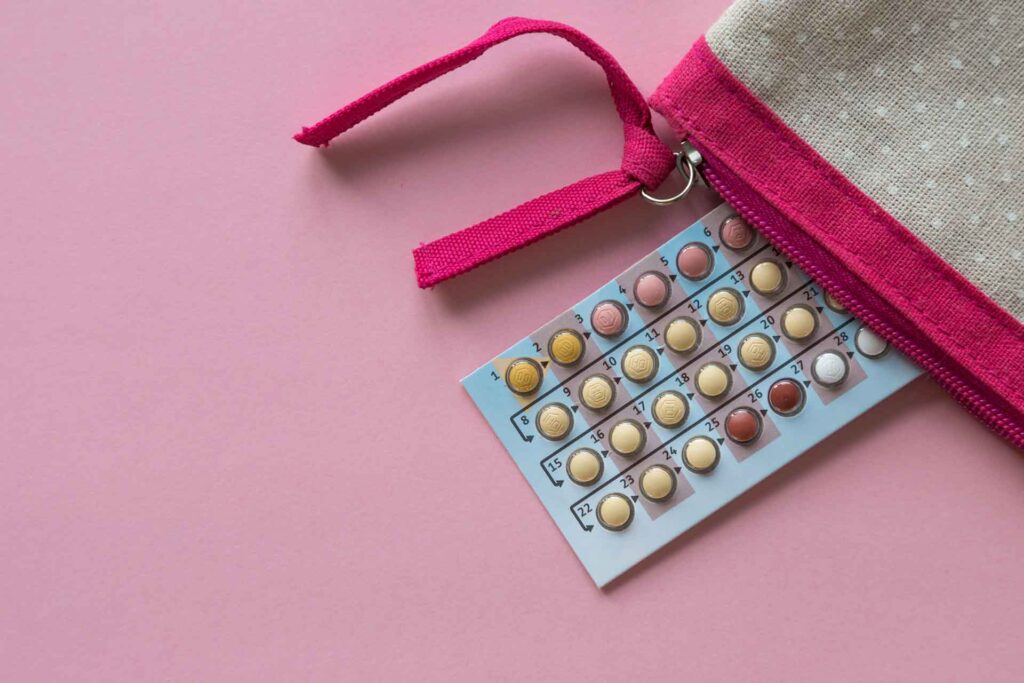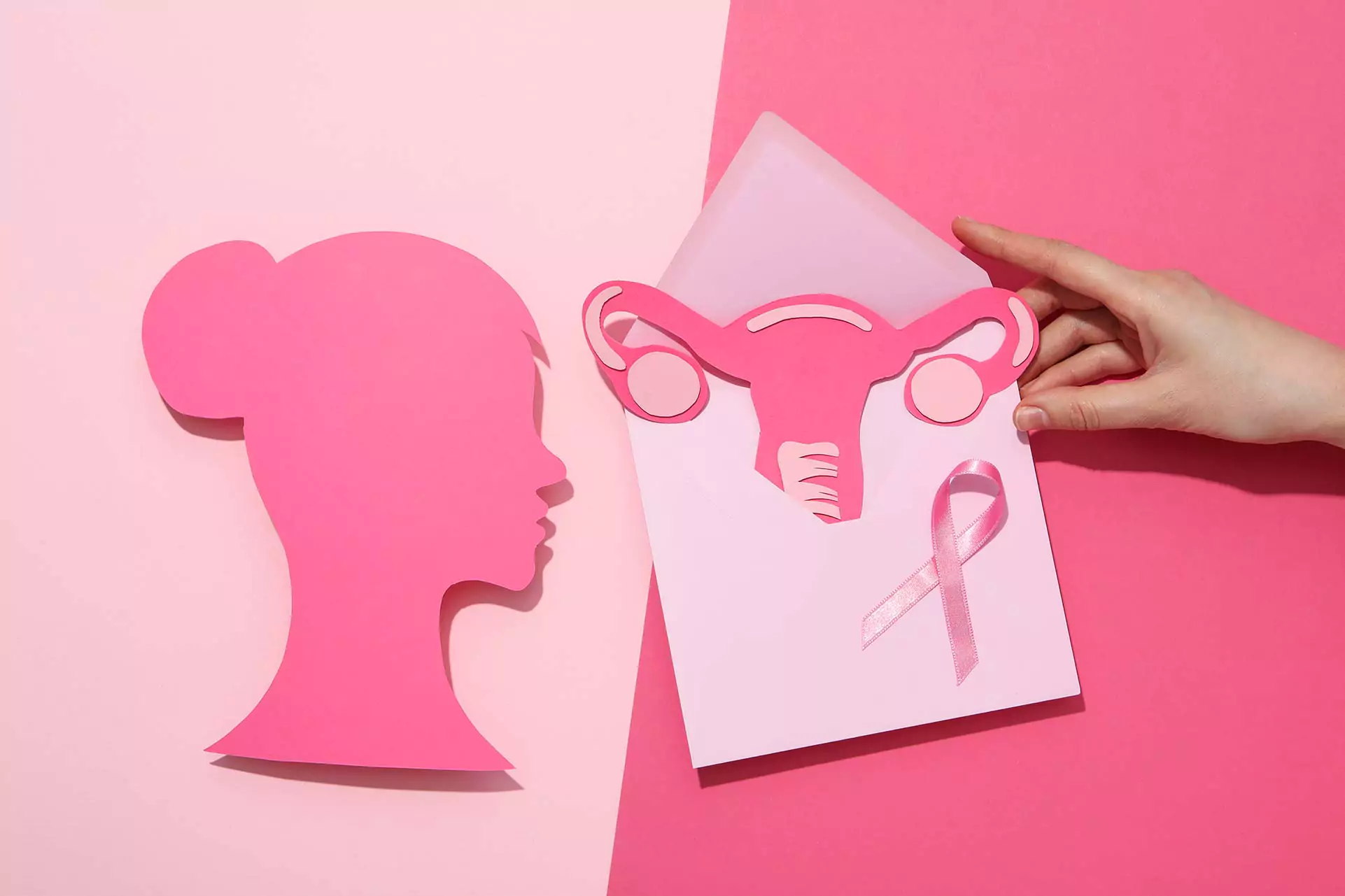Birth control, one of the fundamental elements of reproductive health and sexual health, is a process that is both feared and difficult to manage for women. Birth control is having the number of children individuals and couples want, when they want, and can care for.
- The aim of birth control is to protect health and have a healthy sexual life. The benefits of birth control are:
- Protecting individuals or their spouses from unwanted pregnancies
- Regulating the interval between births
- Allowing individuals to decide when and how many children to have based on their socioeconomic status and age.
What Are the Birth Control Methods?
Traditional methods:
These are birth control methods applied in ancient times without using any medication or surgical intervention. Their effectiveness rate is 50-60%. They should be applied very carefully.
- Withdrawal method
- Calendar method
- Lactational amenorrhea (breastfeeding)
- Cervical mucus method (vaginal discharge)
Birth control pills:
These pills contain estrogen and progesterone hormones that prevent egg development and pregnancy by thickening cervical secretions to prevent sperm from reaching the uterus. In addition to providing birth control, they regulate the menstrual cycle, reduce menstrual cramps, reduce increased hair growth and acne complaints, and pregnancy can occur immediately after they are discontinued. They have a protective rate of 99%. They should be taken at the same time every day.
- Conditions in which they should not be used:
- Individuals over 35 years old who smoke
- Those with active liver cirrhosis
- Those with aura migraines
- Those with a history or risk of vascular occlusion
- Those with active breast cancer
- Those in the first 6 months of breastfeeding
Intrauterine device (IUD-Spiral):
There are two types: copper and hormonal. Hormonal IUDs are preferred for treatment purposes in patients with heavy bleeding or for protection in patients who cannot use copper IUDs. It prevents pregnancy by creating a foreign body reaction in the uterus and preventing sperm from living inside the uterus. It has a protective rate of 99%. Pregnancy can occur immediately after removal.
The disadvantage is that it can increase the amount and duration of menstrual bleeding, cause pain during menstruation, and is not protective against sexually transmitted diseases.
Monthly or 3-monthly injections:
It contains progesterone hormone. There are two types: monthly and 3-monthly. It is administered into the muscle on the first 5 days of menstruation. It prevents pregnancy by preventing egg formation and thickening cervical secretions to prevent sperm from reaching the uterus. Pregnancy rates are below 1%. The disadvantages are that it can cause irregular periods and pregnancy may not occur immediately within the first year of discontinuation.
Condom:
One of the contraceptive methods used by men, condoms prevent the passage of sperm by creating a barrier between the penis and the vagina. It also protects couples from sexually transmitted diseases. The point to be careful about in its use is that it should be put on the erect penis before intercourse to cover the entire penis and should be checked for breakage. If used correctly, it is 98% effective. Couples with latex allergies should not use it.
Subcutaneous implants:
A small and flexible rod that secretes a hormone called progestin is placed under the skin. It is usually placed on the inner side of the arm. It prevents pregnancy by preventing egg formation and thickening cervical secretions to prevent sperm from reaching the uterus. It is easy to use and provides protection between 3 and 5 years. The disadvantages are that a small surgery is required to remove it. It can also cause irregular periods, headache/migraine, breast tenderness, weight gain, and vaginal dryness.
Surgical methods:
-Tubal ligation/ligation: This short and simple procedure performed with the closed surgery method is to ligate the tubes of the woman. It can be applied to women who have more than one child and are over 35 years old. It is reported to have a protection rate of 99%. Since the tubes are only organs that provide connection between the ovary and the uterus, it does not cause irregular menstruation, early menopause, or sexual dysfunction. Since it is a difficult and permanent method to return, couples should think well.
-Vasectomy: It is the ligation of the channels that allow the passage of sperm, namely the spermatic cords of the man. Although there is no change in the color and density of the ejaculate coming from the man, it does not contain sperm. Vasectomy, which is performed with a short procedure under local anesthesia, is one of the most reliable methods. It is recommended for couples who definitely do not want children in advanced ages. Surgery is required to open the sperm channels again, and there may not be a 100% return.
Let’s remember that the most correct method will be decided with your doctor because even though I have mentioned the most commonly preferred methods, the healthiest method for individuals is decided after a gynecological examination.
Stay healthy.
- Op.Dr.Merve Olgun
- Gynecology and Obstetrics Specialist









